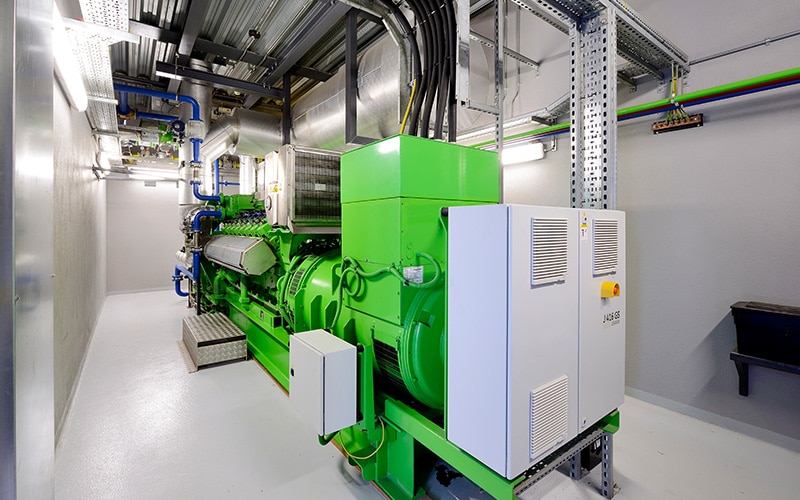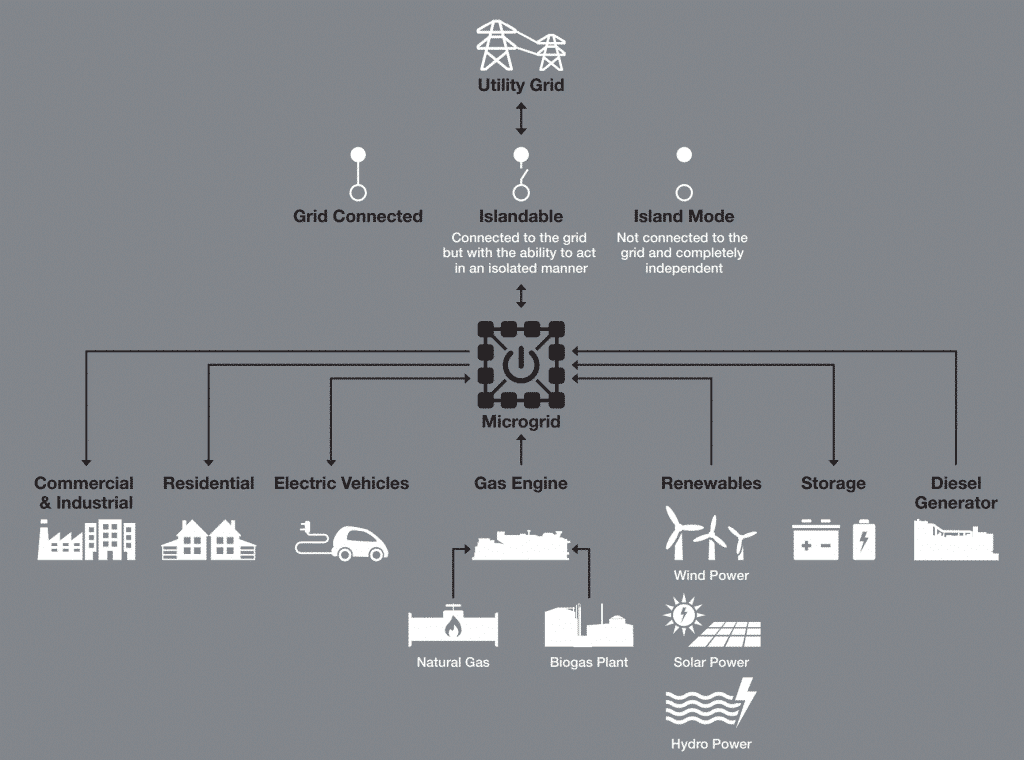A captive power plant is a facility that provides a localized source of power to an energy user. These are typically industrial facilities, large offices or data centers. The plants may operate in grid parallel mode with the ability to export surplus power to the local electricity distribution network. Alternatively they may have the ability to operate in island mode; i.e. independently of the local electricity distribution system.

Captive power plants are a form of distributed generation, generating power close to the source of use. Distributed generation facilitates the high fuel efficiency along with minimizing losses associated with the transmission of electricity from centralized power plants. Gas engines can be combined with other power generation or storage technologies in microgrids.
Gas engines make ideal captive power plants where there is a localized supply of gas. This might be from a gas pipeline but can also be transported via vehicle as compressed or liquefied natural gas or biomethane.
Gas-fueled captive power plants are most fuel efficient when used in a combined heat and power (CHP) configuration. Here a facility can generate not only electricity, but also heat which can be off set.

Benefits of captive power plants
- Security of power supply and resilience through self-generation
- Reduced costs through high fuel efficiency, particularly when in CHP configuration
- Improved environmental performance resulting from fuel efficiency
For more information on the utilization of captive power plants please contact your local Clarke Energy office.


